Rocket Mass Heaters, also known by the acronym RMH, are the latest rage when it comes to extremely efficient and sustainable heating methods using low tech materials and basic workmanship.
Even if the name sounds pretty high tech (I mean the Rocket part), Rocket Mass Heaters are not complicated and in certain situations, it may cost next to nothing to build them. Well, next to nothing considering the benefits of such a device, including the amount of money you’ll save on your heating bill during cold months.
Why are they called Rocket Mass Heaters, you may ask? Well, the term simply comes from the swoosh sound they make while the fire is burning. RMHs benefit from a very intelligent design which is inspired, in my humble opinion naturally, from the after-burners in jet engines.
You are familiar with afterburners, right? They work by injecting additional fuel into the jet pipe downstream to the turbine, thus increasing thrust, power and what not.
RMH works…well, somewhat similarly.
What Makes a RMH Different from a Regular Stove?
There are stories about people claiming that they managed to heat their homes during the winter months using just the dead branches fallen in their backyard from the trees. It sounds like a Stig story (you know, that legendary and mysterious pilot from the auto-show Top Gear).
But it may be true, because RMHs, due to their intelligent and highly efficient design, are capable of heating a home using up to 90% less wood than a conventional stove.
Amazing, right?
And wait, there’s more: a RMH’s exhaust is impressively clean when compared to a regular furnace.
The main components in a RMH exhaust are CO2 and steam plus a bit of smoke when you start the fire. The RMHs burn so clean that there are lots of people using them illegally (with a few exceptions like Oregon).
If memory serves, there are no building codes yet for RMH hence if you’re using them, you may use them inside city limits without getting in trouble or even being detected!
The heat from a RMH is highly residual, meaning that it will last for days in a well insulated house with a well designed RMH. And the best part is that you can build your own RMH in a couple of days for as low as a few hundred dollars.
Yes, I know, it sounds too good to be true, right?
When you’re first confronted with somebody talking about RMH, you’re perplexed. I mean, the firewood stands straight up, the fire burns horizontally and sideways, the exhaust pipe is cool and clean, there’s no smoke coming back up and the heat lasts for days.
That’s great, but how does it work?
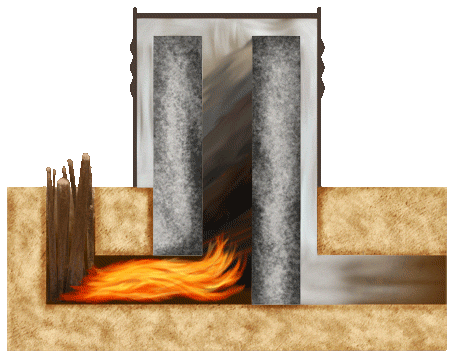
Basically, an RMH is a high performance, clean, highly efficient wood burner that can be built using recycled materials and/or natural materials like cob. You don’t have to be a professional and you don’t need complex masonry skills. This is a basic DIY job for the average Joe, any day of the week.
What makes the RMH different from your regular wood stove is the heat riser, which acts like a combustion chamber. The heat riser is well insulated and gets very hot, creating a powerful convective current, making the fire burn sideways and sucking up the smoke. The heat riser gets so hot that all the smoke particulate gets burned, hence the squeaky clean exhaust (co2 and steam).

After the wood is burned with great efficiency at high temperatures thanks to the insulated combustion chamber (the heat riser), the exhaust gases pass through a large thermal mass (usually made of cob but it can be anything, such as brick, stone, tile or masonry) that absorbs the heat before the gases escape outside.
The RMH is fueled with small pieces of wood, like trimmings from your back yard or dead tree branches or whatever.
Here’s an exhaustive plan for building a RMH, one of the most detailed I could find:

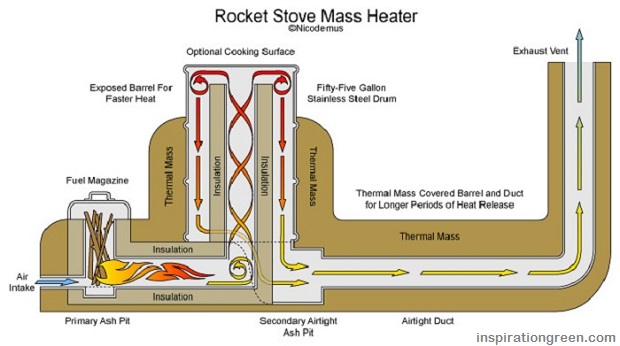
Now, if you’re already using wood to heat your residence, you should definitely consider DIY-ing an RMH; it will make a huge difference both in terms of comfort and woodpile shrinkage. Here’s a video tutorial which can be a great starting point for your future project:
Video first seen on Green Energy Futures
There are advantages and disadvantages to any situation in life, as my uncle told me when his mother in law died and he had to pay for the funeral.
RMHs come with some obvious advantages, like high efficiency, low pollution, they produce large amounts of heat for a long time and they save you lots of money on your heating bill. Also,they can look really nice, they use small pieces of wood that are commonly found in your backyard i.e. you don’t have to chop logs, they protect the forest (you don’t have to cut down trees), are easy to clean, heat up fast and cost you less.
There is a flipside to that coin. Here are some cons: RMHs need to be tended more frequently than regular stoves (small pieces of wood burn fast), you must build thermal mass for acquiring efficiency and that takes up space, they burn less (45 minutes) than conventional stoves and you can’t enjoy the sight of a wood fire because it’s not visible.
Also, they are labor intensive to build when compared to a regular stove (that you can buy from your hardware store) and they’re somewhat tricky to build correctly.
Now, Let’s See About Another Important Matter: How Much Does It Cost to DIY Your Own RMH?
Well, ballpark estimates for this kind of job are very tricky, because “buying everything” means different things for different kinds of people. Some need professional help when building an RMH, others are capable of putting in their own elbow grease and so on.
There are also the foundation costs which vary greatly depending upon what is already there and your local building codes. There are other factors, like if you already have an existing slab it will cost you less.
The chimney cost also varies and depends on the size of your house. It may end up costing more than the rest of the RMH put together.
The piping, the bricks and all the other materials are also rough guesses, because you can buy them new from the hardware store or you can recycle old stuff you already own. Cost also depends on the dimensions of the thermal mass etc. New fire brick, for example, costs about $1.25-$3 per piece, but you can buy used at gravel yards for 25 cents per piece or get them free at construction demolition sites.
CLICK HERE to find out about how to produce your own energy when the power grid goes off!
The same story goes with the barrel for the combustion chamber; you can get one for free or pay $10-$30 a piece used (they will require paint and debris removal) or up to $200-$300 per piece new, depending on your source.
The thermal mass is the wild card in this ballpark estimate, because it depends greatly upon the choice of materials used in its construction and also upon the workforce.
To elaborate on this matter, let’s say that you use mineral soil clay from your own source plus sand (that’s $100 a load) plus hired work. That’s one scenario and it depends on many factors, including the cost of the materials and labor.
If you use rocks and dirt from your own backyard and do it yourself, it will cost you next to nothing other than your spare time. If you buy (you may need to) bagged clay, it costs anywhere between $5-$40, depending on the quality and the seller.
An educated guess about the costs of a DIY RMH project can be made only after contacting local suppliers for cost estimates. It really does just depend on the scale of your project.
There’s no upper limit, while the lowest limit is next to zero; that everything varies from case to case. If you have a lifelong dedication to spending your own time instead of money, you can DIY your own RMH with next to zero costs, but that’s rare. Otherwise, the cost can be anywhere between $1500 (new and recycled components + your own work)–$5000 (if you buy everything new, and use hired labor).
I must tell you that if you want to build your own RMH someday with minimal costs, start collecting some of the parts right now. Put wanted ads on Craigslist, get to know your local scrap metal businesses, search for local demolition projects, and start gathering your materials so that you have them when you’re ready to build.
If you’ve built your own RMH, please tell us about your experience with it in the comments section below.
This article has been written by Chris Black for Survivopedia.
Photo Sources & References:
http://www.richsoil.com/rocket-stove-mass-heater.jsp
http://3.bp.blogspot.com/-QWG7nsvizHg/UHcrwHi7gSI/AAAAAAAAARg/IHfIYoWRdAw/s1600/RocketHeater6
http://www.permies.com/t/41377/rocket-stoves/Cost-Estimating-Rocket-Mass-Heaters




























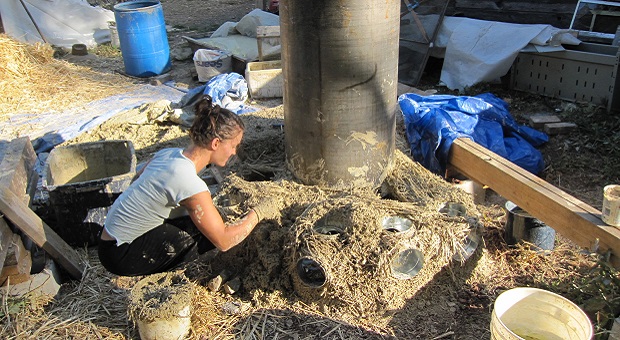
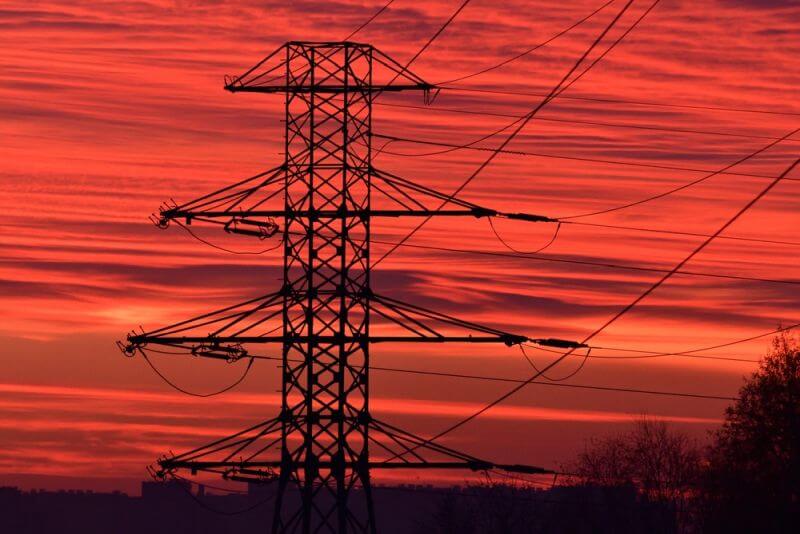
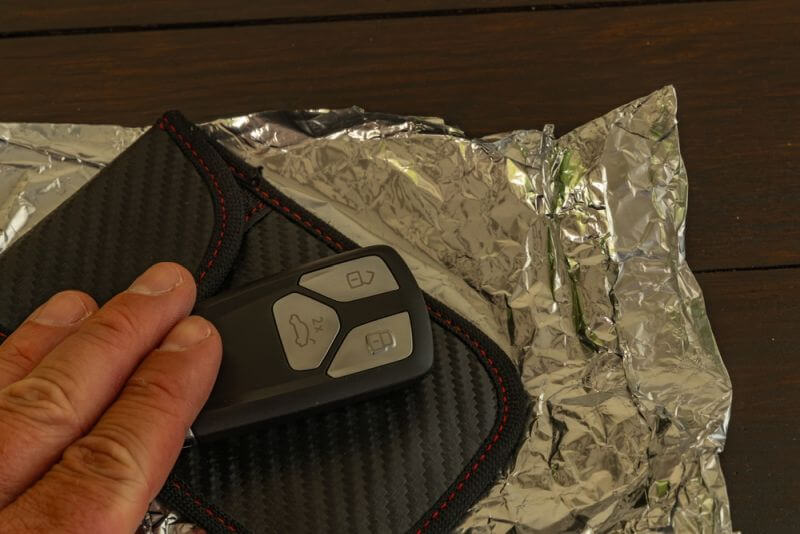
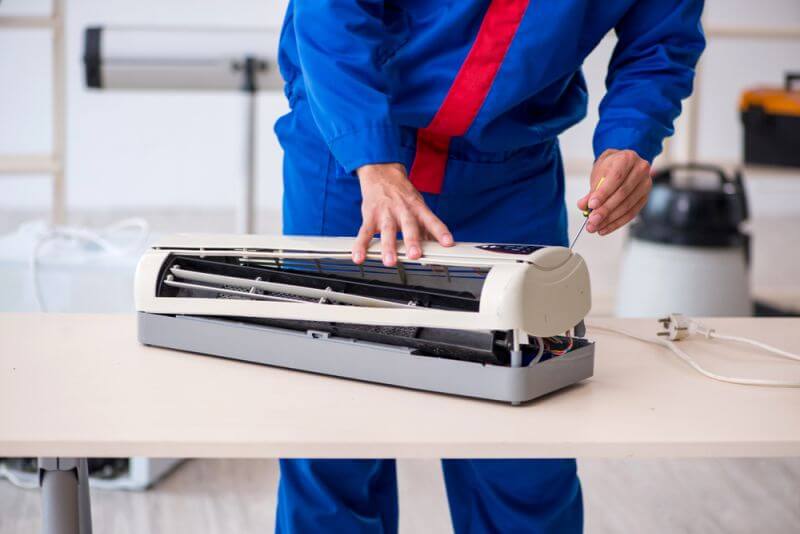








































Awesome!
When building the rocket stove do the bricks need to be all fire bricks? I’m just trying to get all my “stuff” together before the bottom drops out of our economy.
use brick that hold heat the best
Just wanted to second your question; I was wondering about that, too.
“COMMON” BRICKS will spalt (shatter) when exposed to extreme heat. Fire bricks will not spalt and they do hold heat at a higher temperature. for longer period of time. They are usully greater mass per unit than regular building bricks.
Hello…Please I would like to know about creosote build up, this has been a real problem with a wood burning space heater I have, it just bubblers out of the exhaust pipe and after a few hours will actually catch fire, the wood I use is seasoned at least a year or longer, does this “Rocket ” stove with the extra hot burn burn this oils and other creosote causing materials or do we have the same thing ? Thank you for any help and advice you can give on this matter….Truly Johnny B.
John, to answer your question, Yes, the RMH are burning so hot there is no build up of much of anything. Several designs include some cleanout areas, but usually they fill with ash, if anything, and they stay hot enough that moisture is little trouble.
because you use small sticks in a RMH, they dry faster… cut them in the late fall after the leaves drop, and keep them out of the rain, they should be fine even if not debarked. remember, we are talking sticks 1″ diameter and under.
if you choose to use split wood, you need it down to kindling size or just above… nothing over 1″ on a side at the most.
the secret to the hot burn is the automatic drafting that takes off and roars like a rocket, hence the name.
the best designs appear to have a vertical chimney, and a clean out at the base of it, so no elbows, use a 90degree T so there is a place for crud to drop when you brush, and add a 90 below it so you can clean it.
if you use dry wood, HOT fires seldom need chimney cleaning. I inspect once a year.
My question is, could this be something I can set up to heat a small greenhouse in the winter?
Yes, RMH’s have been used to heat greenhouses. In fact, it may be a good idea to build your greenhouse RMH first so that you have some experience in building one before you tackle the build in your home.
Remember to make sure you have adjustable ventilation windows in your greenhouse as the heat from the RMH may increase significantly near the “Barrel” and could damage nearby plants.
When you settle on a piece of land, always build your barn first.
I wanted to try to build RMH once when I get a chance …so I just learn all about stoves as much as I can
That is really cool cuz i live at 10000mtrs and winter is icy cold
I love the concept of rocket stove and its new to me
I would really love to learn how to build it and let others in the vicinity to know about it and build in their homes
Its a tourist spot here and lots of trekker come by and irritate about the heating system
I think this system would give us some great ideas about heating system
Thanks
Ummm, Mt Everest is less than 10000 Meters ?!?
Watch Game Of Thrones
…”But it may be true, because RMHs, due to their intelligent and highly efficient design, are capable of heating a home using up to 90% less wood than a conventional stove.”…
REally?
I challenge the author to produce any data, any at all, based on any kind of actual measurement, to support this claim.
Certification: By whom? EPA? ASTM? Local building code officials?
Mass heaters are _exempt_ from EPA regs. They are that efficient. No one is making money manufacturing them, so there’s very little corporate data. However contact anyone who has build one and it’s the same story: Most users who go from traditional wood stoves to RMH report going from 4 or 5 cords of wood to 1/2 cord a year.
There is your 90%. less wood.
The original mass heaters have measured clean burns of (1000F-1500F) in the combustion chamber, with over-fire getting hot enough to melt or warp thin steel tabs (1800 F). This is hot enough to forge iron, burn creosote, and combust the woodsmoke, In other words, the creosote and smoke become fuel. leaving nothing but CO2 and water vapor in the exhaust.
I have actually put my face over a RMH exhaust. it’s warm, and pleasantly woodsy smelling.
Exhaust temperatures on the original systems typically measure in the 90’s to low 100’s F. (Shorter systems, or a hardwood / oil-enriched burn, more typically exhaust around 200-250 F). The rest of the heat generated by the small amounts of wood in each load is stored in the bench / thermal mass, and thus delivered to the home over time (the next 8-48 hours). IT’s the combination of extremely efficient and complete burn and storing the majority of the heat in the bench that makes them efficient.
When people use their valuable time, effort and energy to give us all some information we all need, and the response is, produce the data Its always puzzling to me that people are not more appreciative of having access to very useful information and details to help each and every one of us, possibly to survive
Have you heard of anyone incorporating a tempered glass limenthatbin the door of a wood stove into the side of the fire chamber? I’d love to do this. But worried about temps shattering even tempered fire glass.